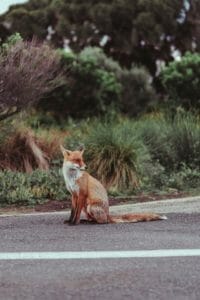The CSIRO released its “Fighting Plagues and Predators” report last month, highlighting a disaster unfolding all over the country. The report finds that

“while invasive species are a major threat globally, in Australia they have been the major cause of native animal and plant extinctions. Their damage to native species is worse than habitat destruction and climate change.”
The reports states that the damage caused by invasive species — predominantly weeds, feral cats, rabbits, and fire ants — has cost Australia $390 billion over the past six decades, and around $25 billion a year and growing.
Forestry Australia states in its positioning paper that:
“Excluding timber production from native forests does not guarantee protection of biodiversity, particularly from the broader threats of wildfires, invasive species, and climate change. While timber harvesting can have a localised impact in time and space on plant and animal species, modern forest management systems and practices are supported by a scientific approach. They take a whole-of-landscape view to protect biodiversity values, including threatened species and habitats.”
Planting new trees, both in native forests and on plantations, plays a significant role in addressing climate change. But species such as feral deer hamper the establishment of those trees.
“In northern Victoria where feral deer are prevalent, a survey of plantation trees at five years of age showed that over one third had been damaged by feral deer,” says Deb Kerr, CEO of the Victorian Forest Products Association (VFPA).
Invasive pests have contributed to the confirmed extinction of 79 Australian native species and have been the dominant driver of extinctions since the 1960s. Climate change and bushfires deliver a new normal that allows these invasive species to prey on new plant growth, reduce carbon sequestration and leave our native fauna without food or safe habitats. Invasive species thrive, while native species can be lost forever.
“The report’s findings underscore the role actively managed forests can play in protecting our backyard and beyond. Urgent action is needed to address the issue of invasive species – this includes broad support for sustainable forestry across both native forests and our plantation estate,” Ms Kerr concluded.
###
View the PDF version here.
